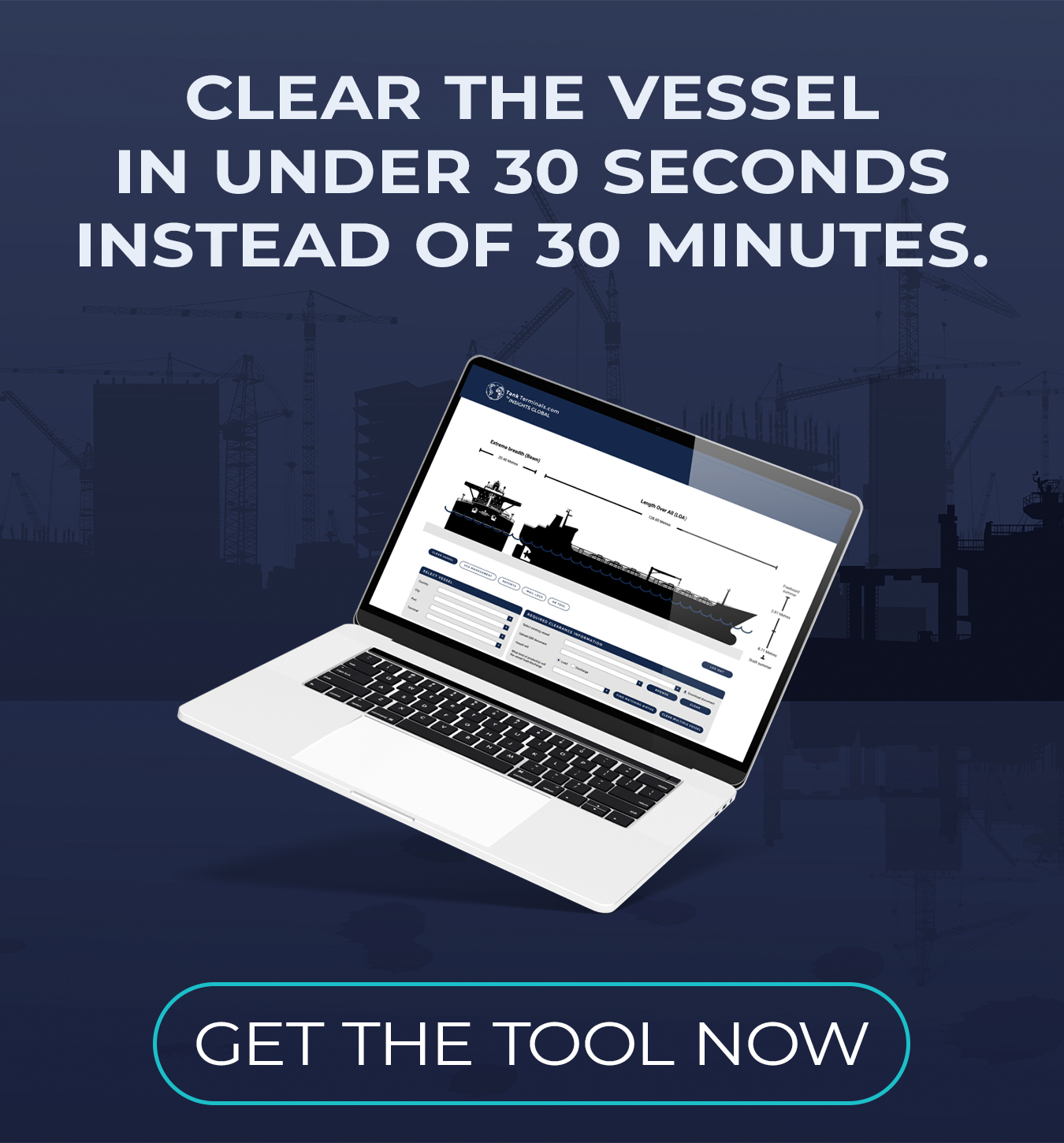February 20, 2025 [Breakbulk]- Energy transition presents a massive opportunity for the project supply chain to drive innovation and efficiency, but success rests on early collaboration between stakeholders, listeners were told during a panel session at Breakbulk Middle East.
Tim Killen, head of growth for projects at Fracht Group, said logistics providers were “excited” about the opportunities and challenges emerging from the global switch to cleaner energies. The industry had a “proven track record” of adding value to all aspects of the project process.
“We saw in the wind sector how it took many years to identify, learn and then implement the efficiencies that are needed in order to be able to drive down the delivered cost of logistics for those projects. And our appetite for engagement in energy transition is significant,” he said. “From pre-FEED and FEED, then solution design and into implementation, with all those new commodities, clients and supply chains that are going to be created, there’s an opportunity for us to innovate when it comes to different logistics solutions, different handling methods and the different equipment types that are going to be needed.”
Juma Al Maskari, director of Asyad Logistics, a division of Oman’s state-led Asyad Group, said having a seat at the table early on was “crucial”. Maskari pointed to Oman’s potential to become one of the world’s leading green hydrogen producers.
“Oman is very ambitious when it comes to this industry,” he said. “We have already given eight concessions around Oman with a total area of 50,000 square kilometers. This translates roughly into about 2,000 wind turbines and 40 million solar panels.”
But, he added, concession areas are located on average 500 kilometers inland from Oman’s ports, with routes often crossing oilfield concessions. Transporting out-of-gauge cargo therefore requires collaboration between EPCs, traffic control authorities and drilling firms.
“A simple mistake can become extremely expensive. You could have the ship owner unable to offload because the port is congested or trucks that cannot get through to the construction site. Things can go wrong, and you need to be it prepared for it.”
Torben Berger, director of business development at United Heavy Lift, told listeners that energy transition was driving growth for carriers, with 60% to 70% of the cargo transported by UHL related to renewable energy projects.
“Early engagement is also key from our point of view,” Berger said. “With all carriers you have engineers, and it’s very important for them to engage and understand where to put the lifting points, the lashing points, to know if there’s a possibility to optimize the module sizes for onshore and offshore transportation.”
Killen noted that over his three decades in the industry, project lead times had increased from about four months to 18 months, significantly raising the demand for contributions from logistics providers.
“As an industry we need to make sure we have the capacity and resources within our organization to plan, design and then deliver these projects in the right way,” Killen said.
Middle East Energy Transition Still Nascent
Iman Nasseri, managing director for the Middle East at energy consultancy FGE Dubai, had opened the discussion by saying that energy transition projects in the region – with the exception of solar – had been slower to gain momentum compared with other regions, with the project mix still dominated by fossil fuels.
“Over 90% of Middle East energy investments in 2023 were in the oil and gas sector. And this trend is not slowing,” he said. Part of the problem has been the lack of projects reaching final investment decision (FID), echoing comments made by the EIC’s Ryan McPherson in an earlier presentation.
He continued: “But I think we’re at the beginning of a curve. Percentage growth numbers are encouraging even if absolute numbers are perhaps not.
Session moderator Vineet Bakshi, regional director of logistics at Fluor, was bullish on the region’s outlook, highlighting an estimated US$50 billion spend on energy transition projects by the end of the decade.
“This includes possible US$5 billion in technologies such as carbon capture, maybe another US$5 billion in battery storage and energy system projects,” he said. “These new technologies are actually changing the way projects used to happen and the way logistics service providers used to traditionally work.”
TankTerminals.com is a market research platform with operational, infrastructural and contact details of more than +9,100 tank terminals and +5,000 production facilities worldwide.
A total of +9,100 tank terminals that operate 154,000 tanks, all listed in TankTerminals.com.






